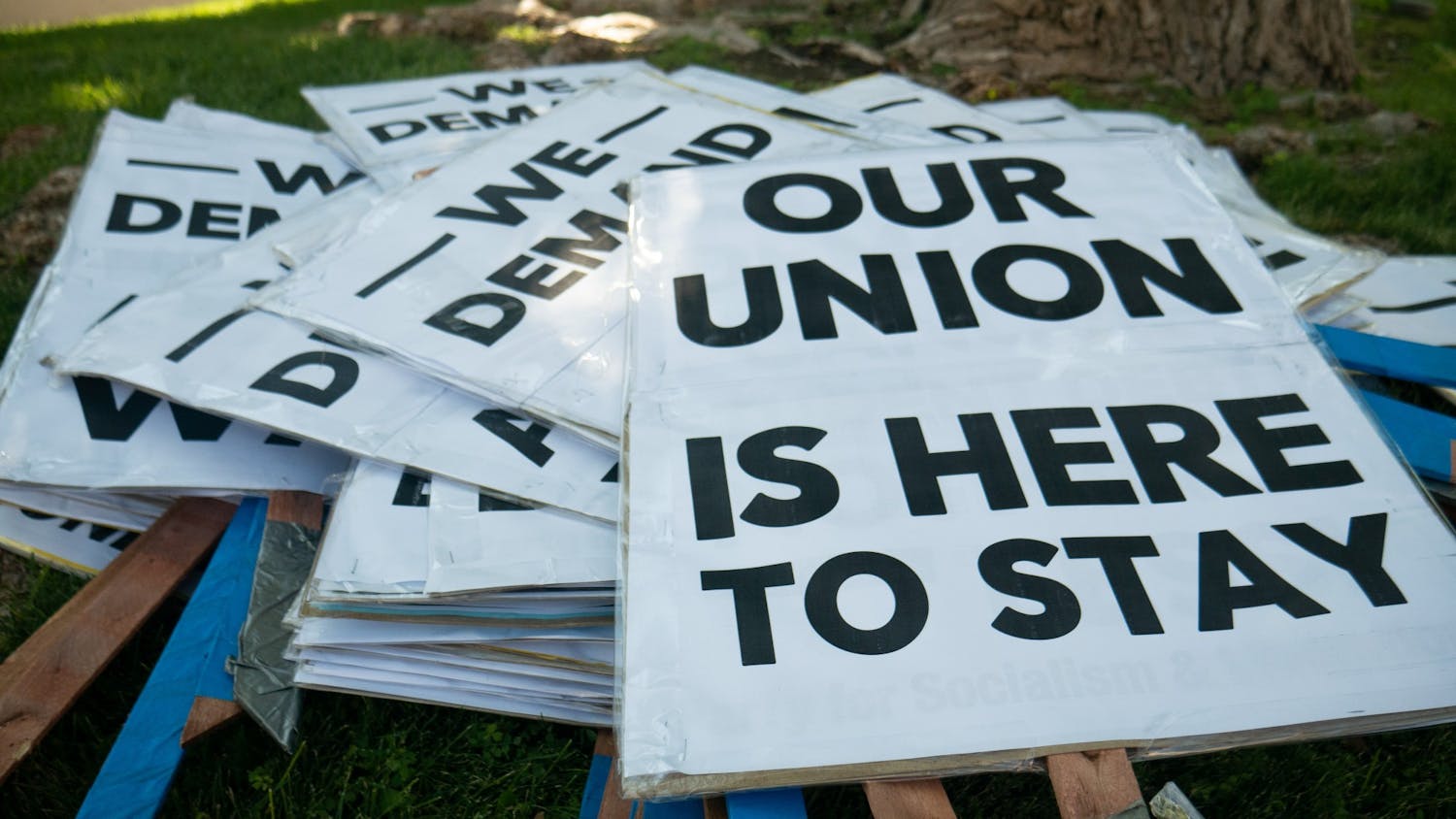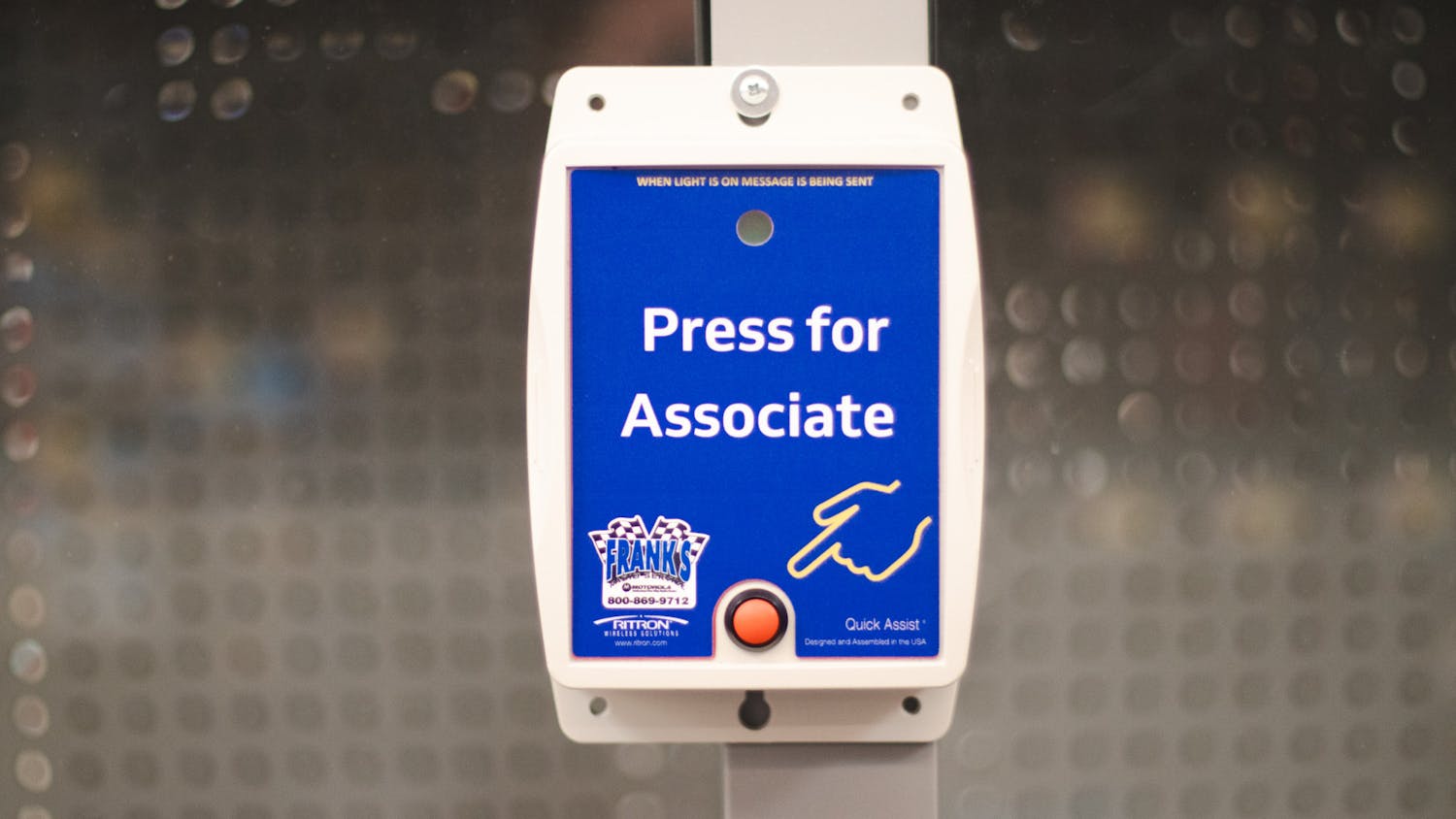Traffic congestion will increase dramatically in the University area by 2035, according to a multi-county governmental agency’s projections.
The Mid-Region Council of Government is accepting feedback on the 2035 Metropolitan Transportation Plan, said Terry Doyle, MRCOG Director of Transportation. He said that the organization estimates a population increase of about 551,000 people by 2035 in the area that comprises Sandoval, Santa Fe, Valencia and Bernalillo counties.
“We’re talking about adding a whole other Bernalillo county to the four-county area,” Doyle said.
Doyle said more than 400,000 people of that increase will live west of the Rio Grande.
“The need to cross the river just keeps getting bigger and bigger,” he said. “It looks like we’re not going to build more capacity for single-occupancy vehicles. …The issues have somewhat always been the same. This plan recognizes that us building more capacity, in terms of bridges, is pretty slim.”
The University area, including UNM and CNM, gets about 75,000 daily commutes, said Tony Sylvester, MRCOG Special Projects manager. Sylvester worked on a study with members from UNM, CNM, the City of Albuquerque and Bernalillo County. He said they formed a Travel Demand Management committee to find and address the area’s transportation problems.
“It’s going to be a combination of addressing parking, potentially improving transit, some policy changes, and identifying potential infrastructure improvements and weak points,” Sylvester said. “It’s not us (MRCOG) that makes that decision on whether we move forward on that. It’s up to the committee.”
Parking at UNM is problematic, according to the UNM/CNM Travel Demand Management Study. The report said it increases unnecessary driving, particularly to, from and around the main campus.
Sylvester said UNM and CNM worked to provide students with parking on and near campus, but because of the population increase, the two universities need to find other transportation options.
“I think this study shows that all the agencies are now exploring alternatives and trying to figure out different ways to get students, faculty and staff to and from campuses,” he said.
A UNM survey found that 45 percent of students, faculty and staff use alternative transportation methods, and of that 45 percent, 24 percent ride a bike.
“Potential steps from here, based on things we heard from doing this study, are increase bicycle security on campus, improve and increase bike routes to and from campus and (address) some of those key intersections that deter bikers from riding through them,” Sylvester said.
Get content from The Daily Lobo delivered to your inbox
The 2035 plan suggests adding more routes to the Rapid Ride bus service, but specific streets for those routes have not been assigned.
Sylvester said the report is available online and MRCOG will accept ongoing public comment on how the universities can implement an effective transportation plan. He said parties on the TDM committee worked closely with each other and continuing to do so is crucial to UNM and CNM’s success.
“Congestion is going to increase in the area dramatically,” Sylvester said. “UNM still wants to provide educational opportunities to people on the Westside, and in Santa Fe. The University will get less accessible as congestion increases.”





